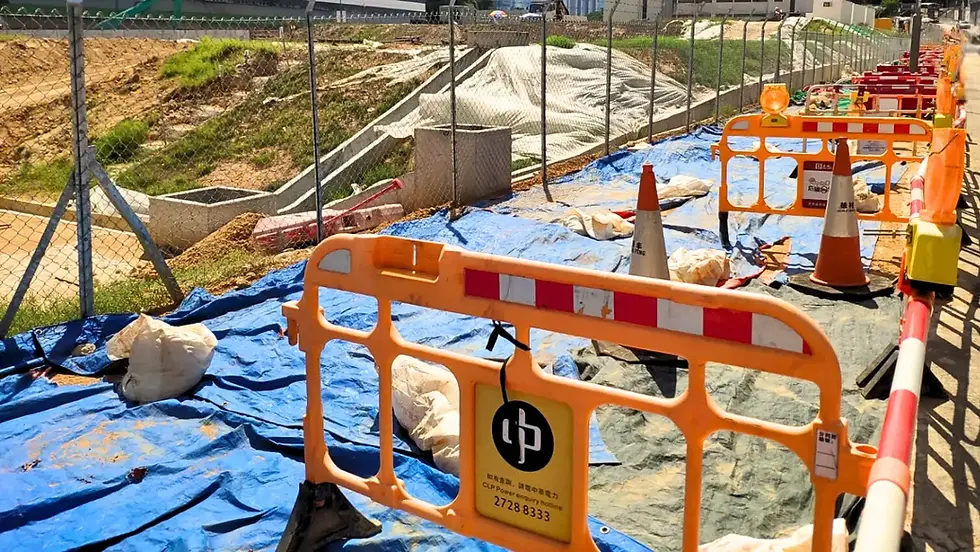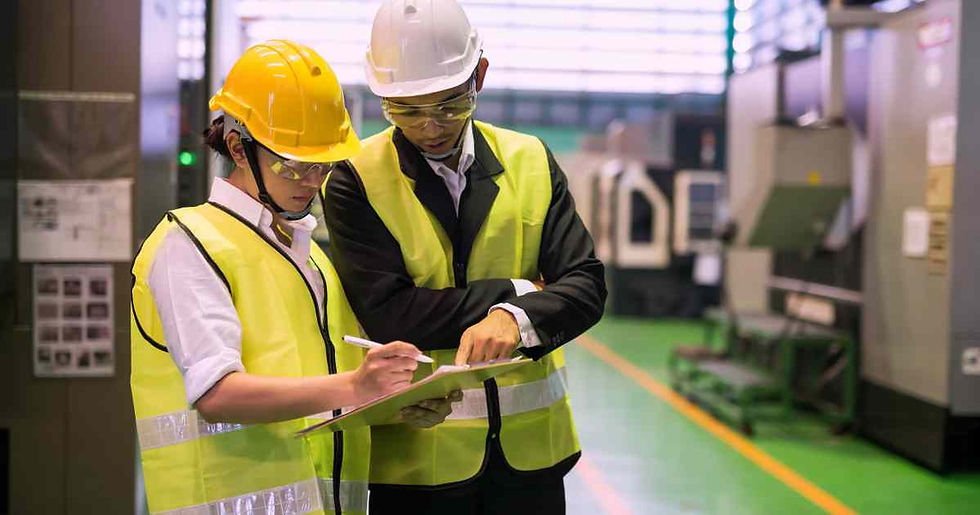Singapore’s 2026 Chemical Reporting Framework: What Manufacturers, Warehouses, and HS Permit Holders Must Do
- laiza98
- Aug 27
- 3 min read

Singapore is tightening its regulatory framework for hazardous substances. Starting 1 January 2026, companies handling chemicals will need to comply with new reporting requirements announced by the National Environment Agency (NEA).
If your business holds a Hazardous Substances (HS) Licence or Permit, this change affects you directly. The updated rules aim to improve chemical safety management, ensure better monitoring, and align Singapore’s framework with international standards.
With the deadline approaching, companies should act early, and updating your EHS legal register is the first step to staying compliant.
New Rules for Chemical Reporting Framework
Under the new framework, businesses that manufacture, import, or store hazardous substances must report detailed information about their chemical inventories.
The NEA circular issued on 31 July 2025 introduces:
Expanded reporting scope – now covering more previously unregulated hazardous substances.
Two classification systems – companies must classify chemicals under:
Table 1: Named Dangerous Substances (e.g., chlorine, ammonium nitrate)
Table 2: GHS-based hazard categories for substances not listed in Table 1
Threshold quantities – reporting obligations are triggered based on specific volume limits, measured in metric tonnes.
Five-year forecasts – companies must project maximum storage and process quantities up to 2031.
Detailed submission formats – all reports must be submitted via NEA’s designated reporting system.
Who Needs to Comply
These rules mainly apply to companies that:
Hold an HS Licence or Permit
Import or manufacture hazardous substances exceeding 1 metric tonne annually
Handle chemicals classified as hazardous under GHS criteria
Examples of affected businesses include:
Chemical and manufacturing plants
Warehousing and logistics providers
Pharmaceutical and electronics companies
Any business storing large chemical inventories
Even if your company outsources storage, you’re still responsible for ensuring proper reporting and obtaining supporting documentation from third-party warehouses.
Why It Matters
The NEA’s objective is simple: better monitoring and safer chemical management. With more substances now falling under reporting requirements, the framework:
Helps authorities track hazardous substance quantities and locations
Supports better emergency response planning
Brings Singapore in line with international standards
Promotes stronger safety practices within companies
Failure to comply can lead to licence issues, operational disruptions, and regulatory penalties. Businesses should prepare early to avoid last-minute complications.
Preparing for Singapore Chemical Reporting Compliance
For companies handling hazardous substances, preparation starts now. Key steps include:
Update Your EHS Legal Register
The EHS legal register should reflect the new classification tables, reporting thresholds, and documentation requirements. Keeping this updated ensures your team knows exactly which obligations apply to your operations.
SimplyEHS offers an EHS Legal Register subscription that helps you stay on top of updates like this. Subscribing gives you access to the latest regulatory changes and ensures your register remains current.
Classify Your Chemicals Correctly
Verify whether your substances are listed under Table 1 or fall under the GHS-based categories in Table 2.
Calculate Storage and Process Quantities
Accurate reporting depends on knowing both storage and process quantities in metric tonnes. Include potential variations if tanks or equipment may handle different substances over time.
Prepare a Five-Year Forecast
Start projecting maximum quantities of hazardous substances up to 2031. These forecasts will influence future compliance obligations.
Review Internal Control Measures
Strengthen chemical management systems by:
Updating safety protocols
Training teams on new classification rules
Reviewing emergency response plans
Final Thoughts
Singapore’s new chemical reporting mandate represents a significant shift for businesses managing hazardous substances. While the changes bring new responsibilities, they also create opportunities to strengthen chemical safety and align operations with global standards.
By preparing early and keeping your EHS legal register up to date, you can navigate the transition confidently.
Stay ahead of compliance changes with the SimplyEHS EHS Legal Register subscription. It’s the easiest way to track updates, manage reporting obligations, and ensure your business is ready for January 2026.
















